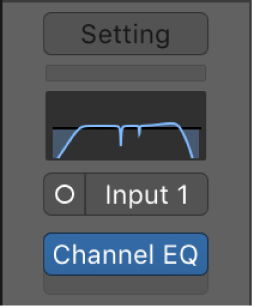Are We Being Conned By Mixing Tricks? We Look At The Most Popular Ones | Production Expert
Some people refer to “mixing tricks” but are they really tricks? When is a technique just a technique? Julian looks at some common examples and decides.
I put an EQ as the first insert on my reverb AUX channels. When I insert reverbs I try to make sure that I adjust the filters that are built in to most of my reverbs. I think it’s better to be able to “see” the filter on the AUX channels.
